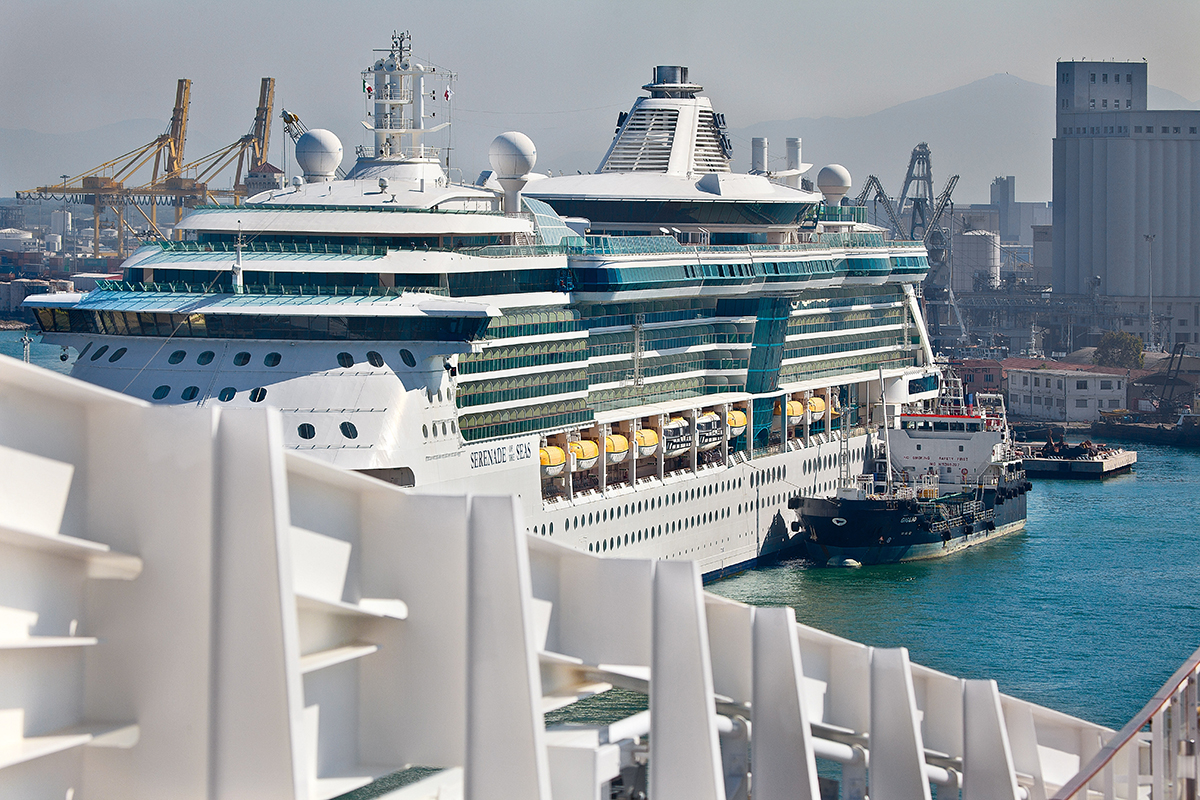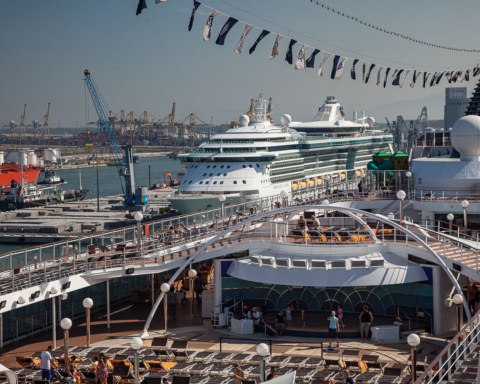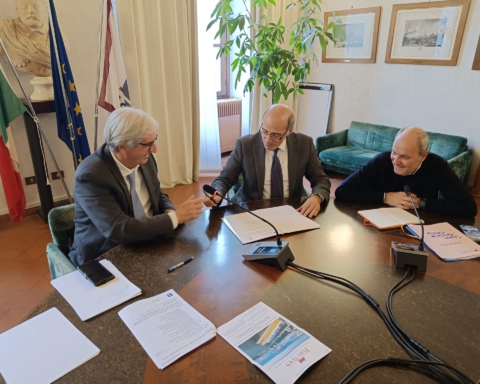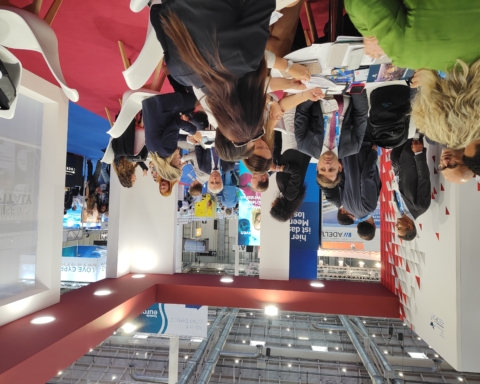Over the last two decades cruise ports structure and strategies have changed in so many ways. Infrastructure renewal and construction have been accompanied by a wave of reforms in port governance. Cruise ports management has matured with sophisticated strategies involving port professionals. Operational practices have been reformed to cater for the changing features of bigger vessels and modern cruises.
The reorganisations have included the involvement of cruise terminal operators in the continually expanding provision of services. In the Med alone, over 70 different companies are involved in the operation of more than 80 cruise ports, with some of these companies operating in several countries. The biggest of all, Global Ports, is already listed in the London Stock Exchange, and operates in six different countries in the Med including Italy.
As a result, a variety of configurations of cruise ports strategies and structures emerged in the case of the second biggest market of the world, the Mediterranean and its adjoining seas.
Cruise Port Structures
Four dominant cruise ports profiles with similar structures exist. Port type variables, such as the size of the port (small: less than 50.000 passengers), port function in itineraries (home-port vs. transit), the attractiveness of the port (marquee or otherwise), and the number of cruise terminals, contribute significantly in defining each of these groups. The same is true for variables related to which entity operates the cruise terminals and the role of Port (system) Authorities.
The first dimension reveals a contrast between non-marquee port destinations with only one terminal, in which terminal operators are often involved, and the marquee ports with more than one terminal that are operated and developed either by a Port Authority (PA) or by an International Cruise Terminal Operator (ICTO). The second dimension separates the ports operated and developed exclusively by a single Port Authority that tend to be mainly transit and smaller in size, from those large homeports, in the operation of which terminal operators are often involved.
Cruise Ports Strategies
Each of these four groups of ports is associated with specific port strategies. Ports belonging to this first group (a) have the PA leading the overall promotion and marketing actions, and are more likely (b) to apply cancellation policies to cruise lines that cancel scheduled calls for reasons other than force majeure and (c) to have benefitted from EU contribution in order to develop their infrastructures further. These ports tend to target premium cruise lines more than ports belonging to other groups, while their port strategy includes receiving feedback from passengers.
Group 2 ports are more likely to have made direct investments, while the terminal operator is the one who autonomously decides on new investments in capital assets. These ports also receive feedback from passengers, while they have a tendency not to establish partnerships with other cruise ports, terminals, or cruise lines.
Group 3 ports usually have the terminal operator leading the overall marketing and promotional activities instead of any other PA. What is interesting to note here is that unlike those in Group 2, the entities operating cruise ports in Group 3 tend not to be the ones making direct investments.
In Group 4 ports it is the PA that assumes the responsibility of all marketing and promotional activities, while these ports tend to develop strategic partnerships with other cruise ports, terminals or cruise lines. These ports don’t usually apply berth allocation policies nor do they receive feedback from passengers. Also, these ports rarely target ‘contemporary’ mass cruises, and most of them do not have a formal collaboration with those responsible for other transport modes. Even in the case that terminal operators are involved in the operation of Group 4 cruise ports, they usually cannot decide autonomously on new investments.
Each of the detailed models assumes a quite different role for the managing entity of the cruise port. In Group A, the managing body (commonly a PA) is an ‘active leader’ on all different fronts. Group B refers to a case marked by the presence of an active ‘investor’ (commonly an ICTO) in large marquee homeports, with the PA’s role being closer to that of the ‘facilitator’ of ICTO strategic actions. The PAs role is a ‘facilitator’ similar to the one in Group C, though it is less active comparing to the previous model. In Model C the key role of the managing entity is that of the ‘marketer’. These ports are characterized by the distinct port strategies that are endorsed by the PA and by cruise terminal operator. The fourth group is observed mostly in smaller cruise ports: the PA is the managing entity that maintains a ‘passive managerial role’, assuming the role of port ‘conservator’.
As regards the geographical dimension, Italian, Turkish, and Tunisian ports perfectly fit in to Group B, while Black Sea, Bulgarian, Maltese, Russian and Slovenian ports correspond to the Group C model and Greek ports to Group D.
These models detail how the various port features usually relate to each other. Yet they are not inflexible. This means for example that not all Italian ports are marquee destinations, nor a single Port Authority operates all transit ports.
The cruise sector is today part of the agendas of port authorities or any other entities responsible for managing ports, not least because jockeying to attract more cruise activities, is a way to create value for the hosting port cities or nearby tourist destinations, at times when increasing cargo throughput makes the societal integration of ports even more important.
The different models identified above facilitate the understanding of the possible suitable configurations of port structures and strategies in order to achieve a sustainable growth of cruise activities.
Implementing authorities may now measure the performance of their ports knowing the model they fit into, compare with performance of cruise ports corrsponding to model types, so as to understand differences and then initiate further changes aiming to minimally adjust, or comprehensively reform, the specifics of the cruise port governance model in place, so as to actually secure the performance outcomes sought.




